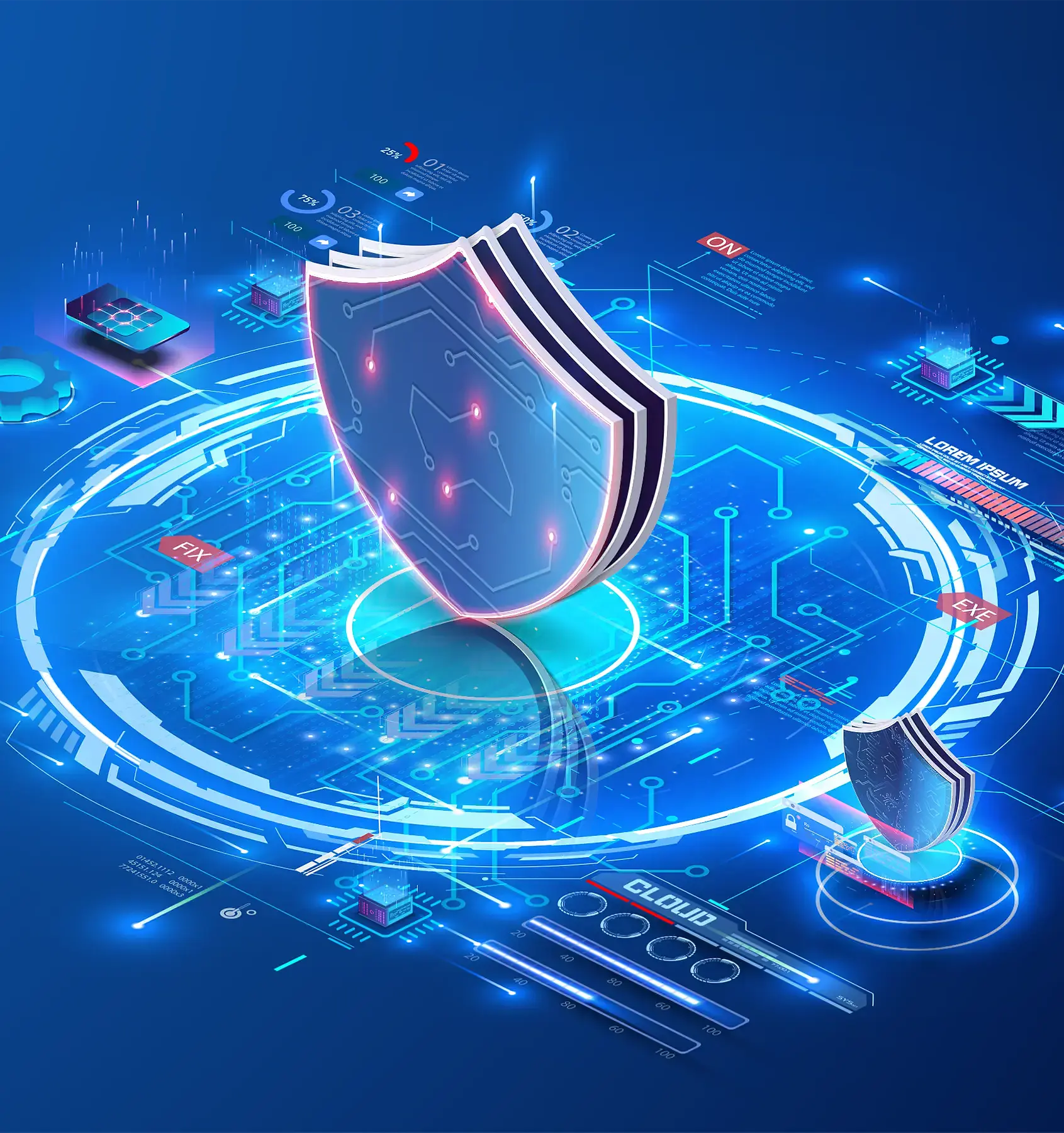With the rise in cyber attacks and leaks of critical information, safeguarding confidential data and preventing hacks has become a top priority for most companies. Implementing a modern approach and utilizing effective methods in website security helps minimize risks and ensures reliable protection.


Data Encryption. Using HTTPS
The application of the HTTPS protocol is widely employed for securely encrypting transmitted data and safeguarding sensitive information such as passwords and credit card details, using modern encryption algorithms.
Security Provision
Primarily, it is crucial to ensure portal protection against SQL injections and to prevent any possibility of their execution. It is also important to implement effective measures to guard against cross-site scripting (XSS) at a competent level. It is essential to promptly analyze all inputted information and apply a content security policy (CSP).
Access Management
Implementing two-factor or multi-factor authentication is important to enhance security.
Additionally, restricting user access as well as system processes should be done with only the rights necessary for the designated tasks.
Updating and Maintaining Software
It's worth noting the importance of regularly updating software and ensuring the timely updating of all system components, including servers, databases, and frameworks.
Vulnerability monitoring should be conducted. This means utilizing tools to track vulnerable elements and promptly respond to new threats.
DDoS Attack Protection
Utilizing DDoS protection services is essential, particularly employing specialized services and solutions to prevent DDoS attacks and minimize their impact.
To enhance resilience against attacks, creating a distributed network architecture is crucial.
All critical data should be stored in backups. This ensures that information can always be restored in case of damage.
System Rollback Plan
Development and testing of recovery plans are required to minimize downtime and potential data loss.
Employee Training and Awareness
Employee education. Regular cybersecurity training is the cornerstone of company protection. Well-informed employees can prevent most security incidents before they occur.
Fostering a security-first culture. Create an environment where security is everyone’s responsibility. When employees understand the value of data and act with awareness, overall risk levels drop significantly.
Web portal security isn’t a one-time task — it’s a continuous process. It requires a comprehensive approach: from implementing advanced tools to developing a strong culture of awareness. This balance allows companies to protect sensitive data and strengthen client trust.
Conclusion
Cybersecurity threats continue to evolve, necessitating constant updates to defense methods. The application of modern approaches, as described in the article, plays a key role in ensuring online environment security. Contact us today, we will gladly provide a complimentary consultation and assessment of your website.




